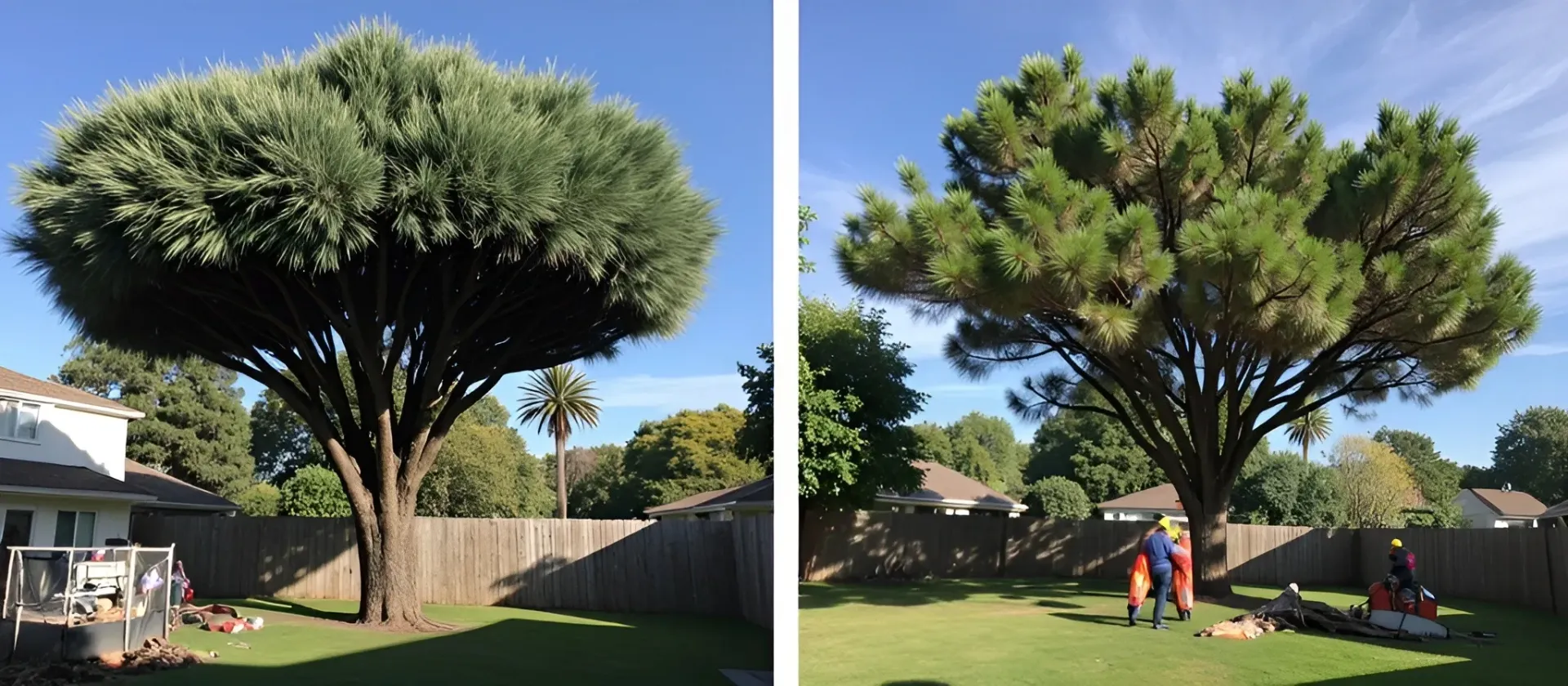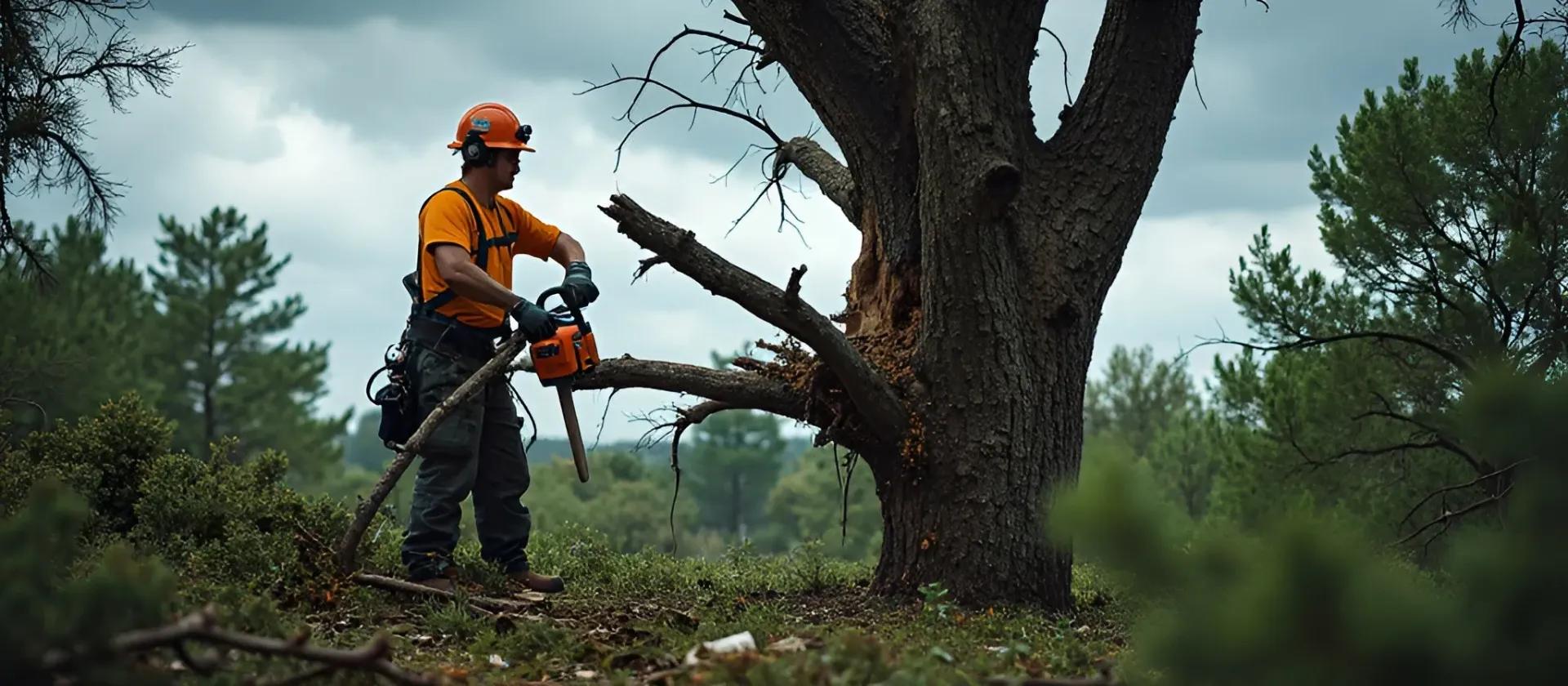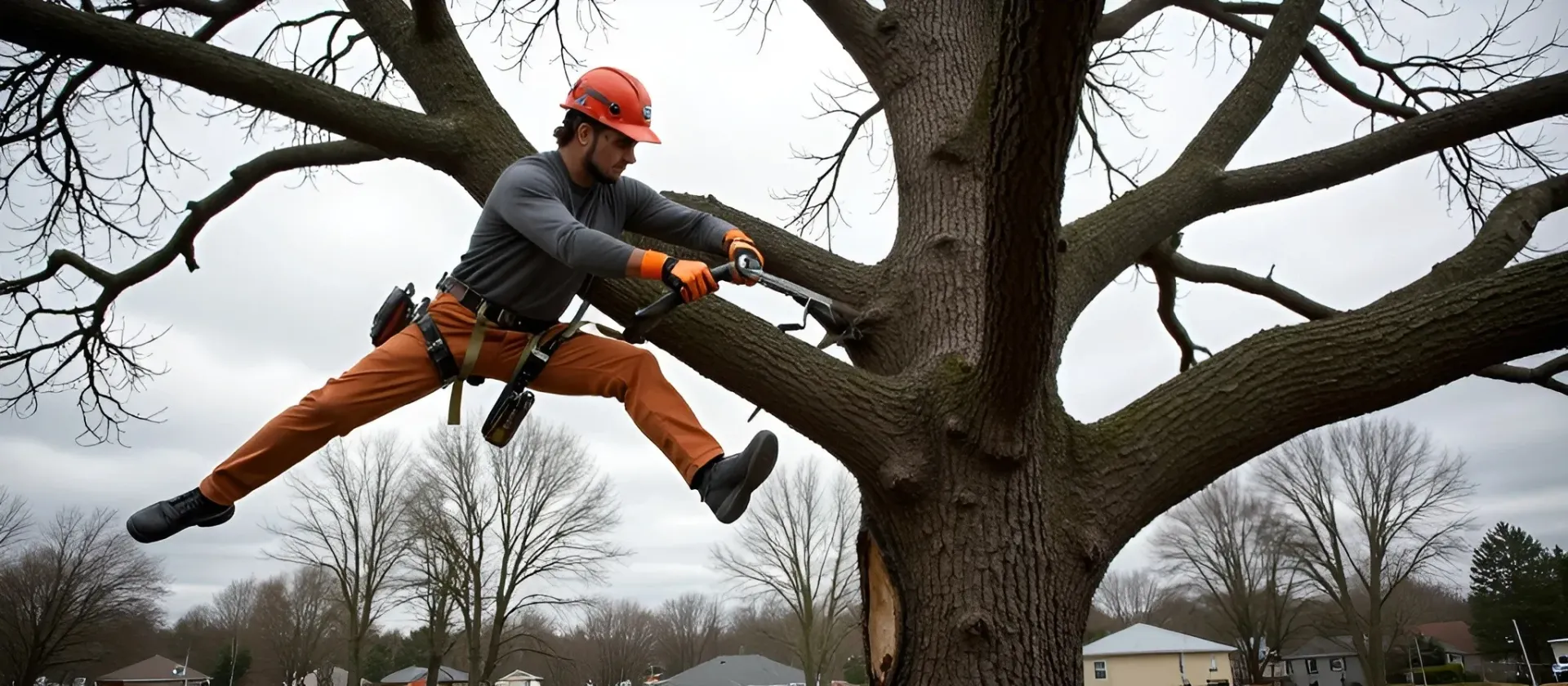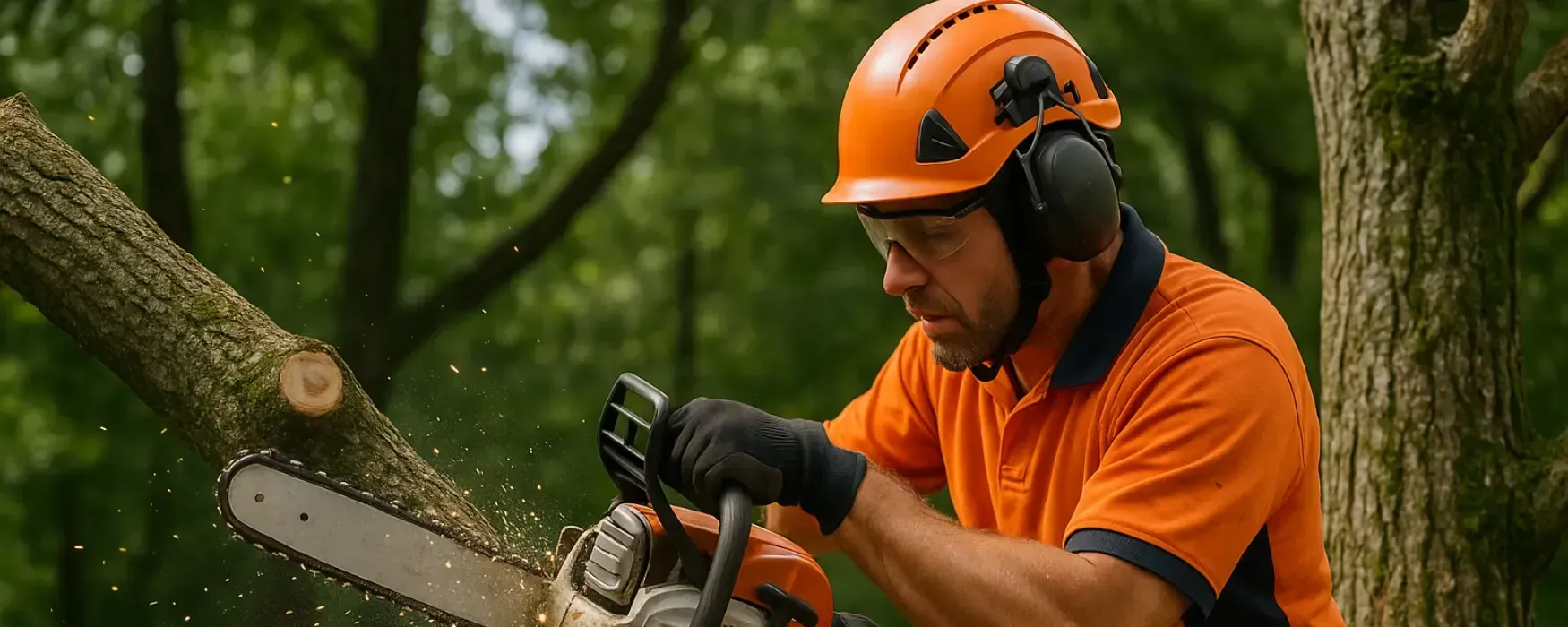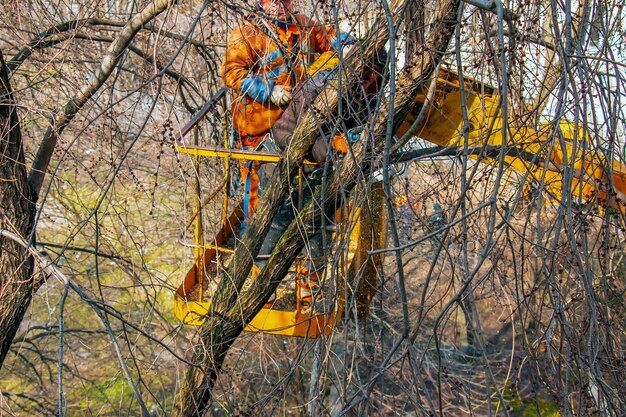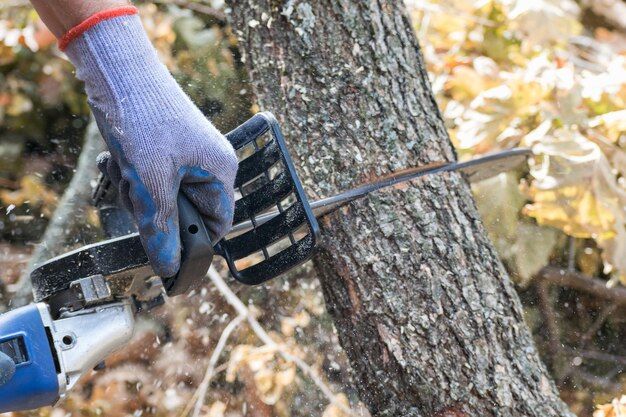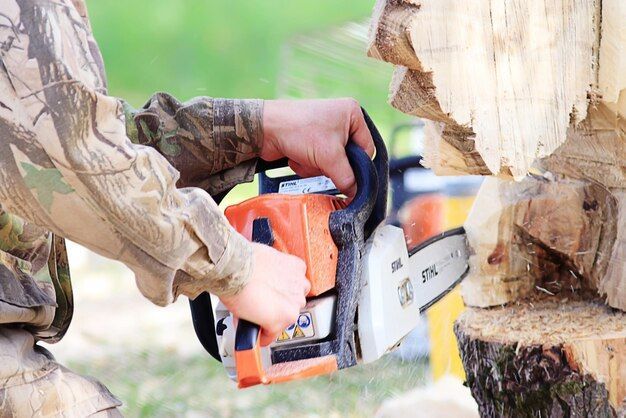The Impact of Tree Species on Cutting Methods
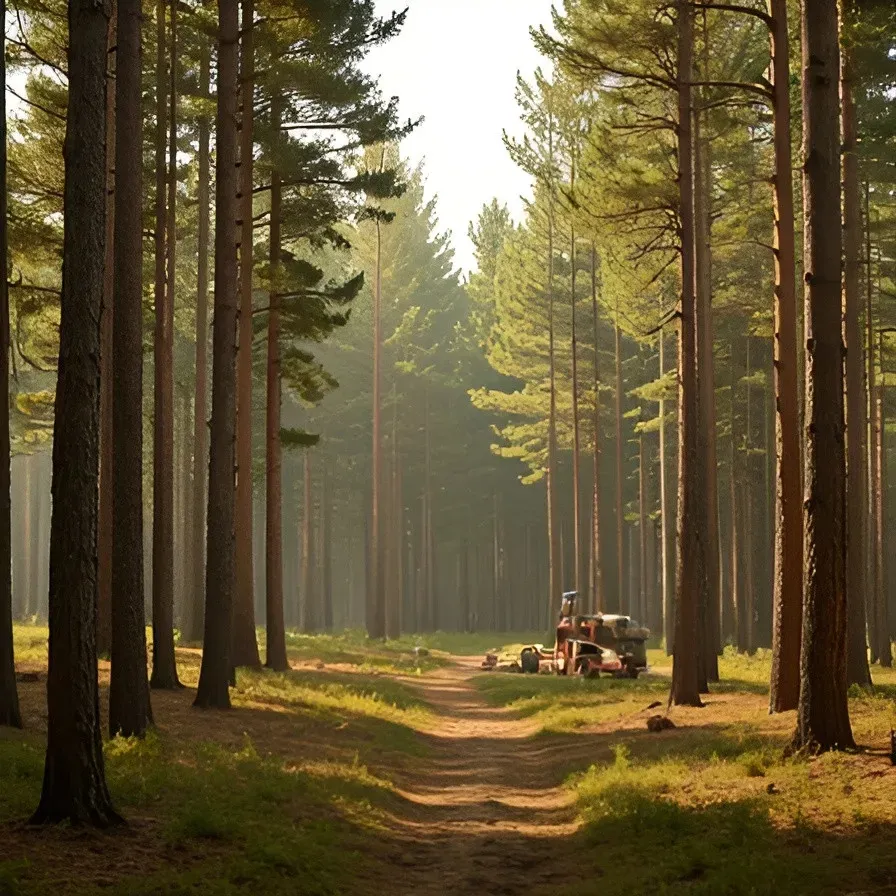
Ever tried using the same shampoo for every hair type? Some frizz. Some flatten. Some scream for help. Forests are kinda like that. Each tree species has its own personality.
If you don’t respect that when cutting them, nature throws a fit—big time. Tree species decide how you cut. Sounds niche? Yes, but it’s also everything. Miss it, and ecosystems pay the price. Cut smart. Or don’t cut at all.
Meet the Trees: They’re Not All the Same
Let’s start with the basics. Tree species are wildly different. They have their own likes and dislikes. Sunlight, shade, how they grow, and how fast they do it. Understanding this is step one in any smart forestry plan.
- Some trees, like Sugar maple and Beech, are introverts and shade-lovers. Chill under leafy cover. Cool with dim light.
- Other trees like Aspen and Birch are spotlight addicts and sun-chasers. Need full beams to thrive.
- Poplar? Speed demon. Grows like it’s late for something. Oak? The wise old tortoise. Slow. Dense. Built to last centuries.
- Regrowth styles? Not one-size-fits-all. Some reboot from seed. Fresh start. Others? Sprout back from stumps. Total phoenix energy.
Ignoring these traits can mess with how forests grow back. Or don’t grow back at all.
For seasonal insight on when to cut different tree types, check out these seasonal tree cutting tips from Lafayette experts.
Cutting Methods 101: Different Tools for Different Trees
Let’s get into it. How to actually cut trees the smart way.
There are 6 main methods. No one-size-fits-all. Each fits certain species like a glove or a chainsaw, if we’re being literal.
1. Clearcutting
Total wipeout. All trees gone. Looks brutal, right? But not always. For some species, it’s like a reset button. Take aspen. Loves light. Hates shade. It throws a root party underground. And boom, new shoots and fast regrowth.
2. Shelterwood Cutting
This one’s more gentle. It removes trees in stages so light can sneak in bit by bit. Oaks love this approach. They need some light but not too much.
3. Selective Cutting
This method picks out certain trees to remove. While keeping the forest mostly intact. It’s perfect for shade-tolerant species like sugar maple. The forest stays cozy. And trees grow at their own pace.
4. Seed-Tree Cutting
Here, most trees are cut. But a few strong “parent” trees are left to drop seeds. This works great with species like pine. They regenerate from seeds naturally.
5. Strip Cutting
Involves removing trees in narrow strips. That leaves adjacent strips untouched. This method reduces soil erosion and provides habitat continuity for wildlife.
6. Group Selection Cutting
Snips out mini clusters. Not full wipeouts. This method creates tiny light pockets that promote biodiversity by allowing different species to thrive in varying light conditions
Matchmaking Time: Pairing Trees with Their Perfect Cut
Not all matches are made in heaven. But these are pretty close:
- Aspen + Clearcutting = fast, healthy regrowth.
- Oak + Shelterwood = just the right light for seedlings.
- Sugar Maple + Selective Cutting = balanced canopy and happy trees.
- Pine + Seed-Tree Cutting = natural regeneration from seeds.
- Mixed Forests + Group Selection = promotes biodiversity and resilience.
Cut the wrong way and nature won’t let you forget it.
When Good Trees Meet Bad Cuts
What happens when you use the wrong method? Not great stuff, honestly.
- No regrowth. Shade-tolerant trees don’t sprout well in harsh sunlight.
- Less biodiversity. Using one-size-fits-all methods can kill off weaker species.
- Damaged soil and water. Too much tree loss. It leads to erosion and poor water quality.
In places like the eastern U.S., high-grading has left forests struggling to bounce back. They’re thinner and less diverse.
Want to know what happens when you don’t cut wisely? Read about the dangers of cutting trees incorrectly.
Smarter Forestry: Cutting with Care
Now, let’s talk solutions. Forestry doesn’t have to be rough. In fact, smart foresters are already using better tools and better thinking.
Reduced-Impact Logging (RIL)
This is like eco-friendly surgery for forests. It uses precise cuts. There is minimal damage to keep the forest floor and future intact.
Forest Stand Improvement (FSI)
This involves removing low-quality or dying trees. So the healthy ones thrive. It’s kind of like giving the forest a fresh haircut. So it grows back stronger.
Adaptive Management
This one’s all about learning, then adjusting. If a method doesn’t work, you tweak it. Monitor. Adapt. Repeat.
Want to do it right from the start? Get equipped with the essential toolkit for tree cutting services.
Real-World Forests Doing It Right
Let’s zoom in on real U.S. forests:
- Northern Hardwood Forests, like those in Michigan and Vermont. They use selective cutting to manage beech and maple without disrupting the whole forest.
- Southern Pine Forests across Georgia and Alabama. Shelterwood and seed-tree cutting help longleaf and loblolly pines grow back naturally.
- Western Conifer Forests in Oregon and Washington. Clearcutting, done responsibly, helps regenerate Douglas-fir that loves the open sun.
These places prove that when we tailor cutting methods to the tree species, we get stronger, more sustainable forests.
Interested in the benefits of doing it the right way? Learn about the positive effects of proper tree cutting.
Final Thoughts: Cut Smart, Grow Better
Here’s the bottom line: trees aren’t just wood on legs. They’re complex, living things with specific needs. When we align our forestry techniques with those needs, everyone wins. Trees, animals, water, soil, and us.
Smart cutting methods protect forests. They build a better future for people and the planet.


